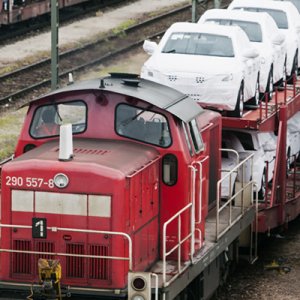Is Your Track & Trace Solution Real-Time or a Waste of Time?
 Tracking and tracing parts throughout the automotive supply chain used to be a case of ship and forget until they arrived at the next waypoint. These days it’s all about real-time monitoring of the parts and their environmental conditions throughout their entire journey. How is your Track & Trace solution delivering against these modern day requirements?
Tracking and tracing parts throughout the automotive supply chain used to be a case of ship and forget until they arrived at the next waypoint. These days it’s all about real-time monitoring of the parts and their environmental conditions throughout their entire journey. How is your Track & Trace solution delivering against these modern day requirements?
As this article in the Automotive Logistics publication highlights, tracking and tracing parts in the automotive supply chain is now a much more granular and real-time affair than it was 20 years ago. It is no longer acceptable to wait for the arrival of goods at their final destination in the hope that they have survived mother nature’s weather challenges and any accident prone humans along the way.
We live in a more granular, real-time world these days whereby we want to know the condition of the goods and their environmental surroundings at any moment in time throughout their entire transportation lifecycle. IoT (Internet of Things) sensors and API (Application Programming Interface) technologies have now made it possible to sense jolts to containers, climatic humidity conditions of transportation vehicles, the location of goods etc. However, all of this information needs to be aggregated, interpreted and presented in a meaningful manner (typically dashboards) so that necessary actions can be taken to mitigate against the risk of damage to goods in transit.
SEEBURGER has the know-how to embrace technologies such as IoT, API management, EDI and Information Management to provide Track & Trace solutions for clients across all manner of industries, including automotive.
For example, read here about SEEBURGER’s Track & Trace API capability by way of our ‘Wagon Intelligence’ project that we ran for DB Cargo Logistics – a major logistics provider to the automotive industry.
Source: https://blog.seeburger.com/track-and-trace-solution-in-real-time/
 industry-trend6.com
industry-trend6.com
